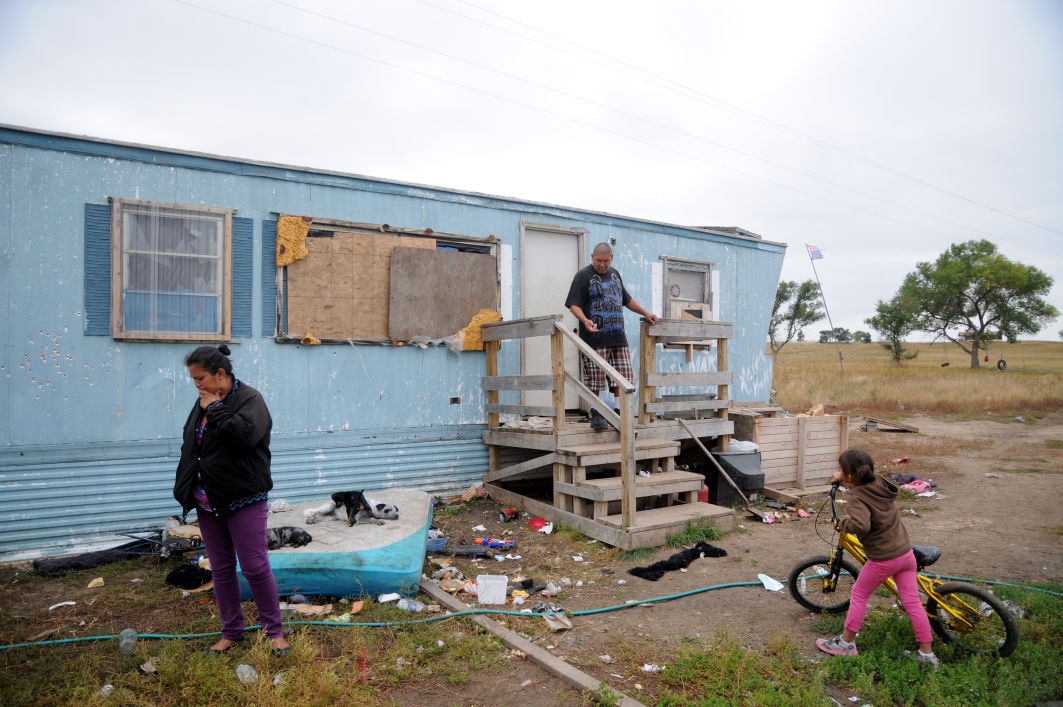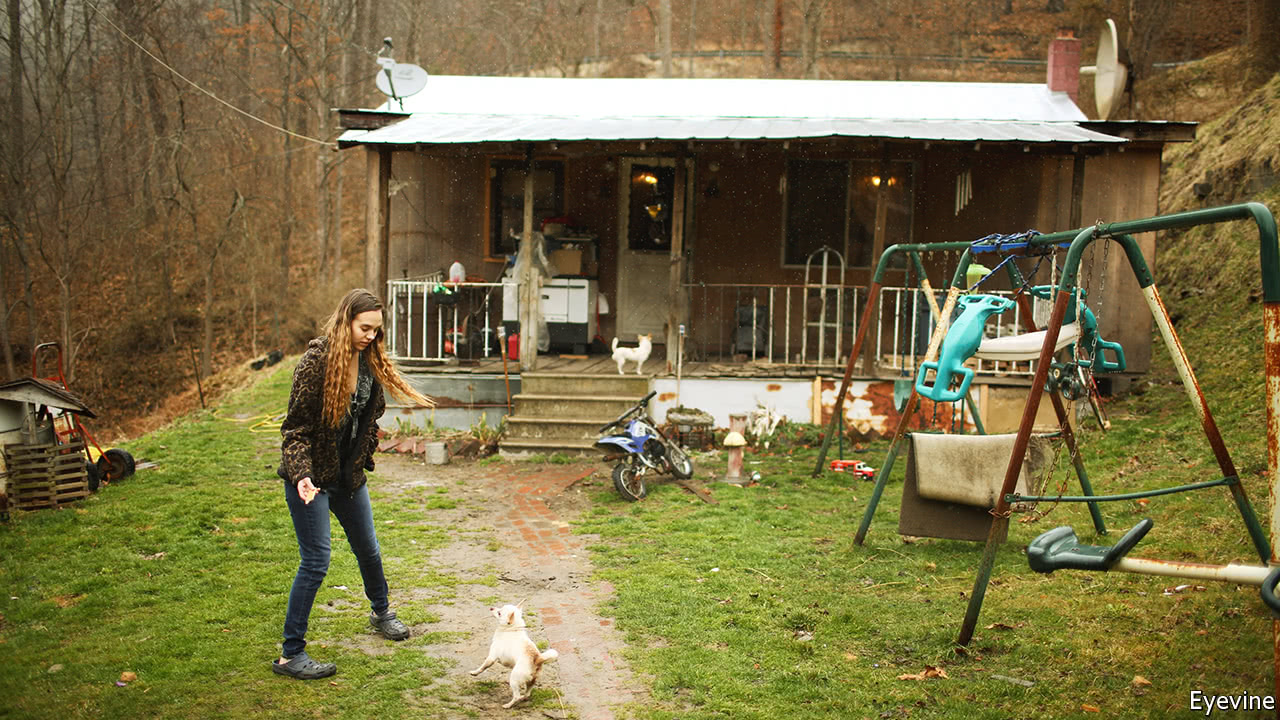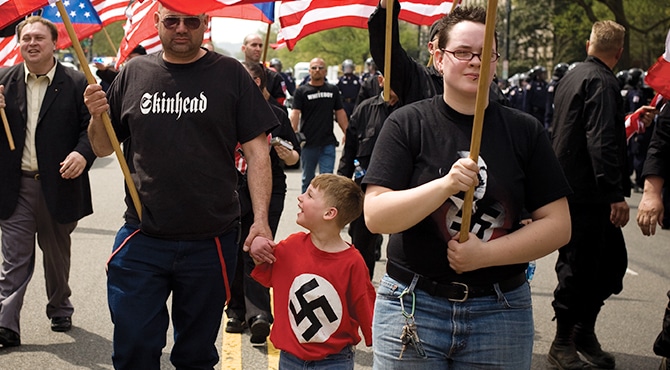Assignment #4: Ignoring Rural Poverty (aka: Why Do We Assume All Poor Kids Live in the Inner City?)
OH BOY… Class systems.... What a tangled ball of yarn. This is a subject that fascinates me and I’ve thought about it a lot and it took me awhile to decide on what to write about, having taught in a wide variety of different settings, from rural North Dakota, to a school in Colombia Heights that was 90% below poverty, to Saint Thomas Academy, which serves families of Minnesota’s priveleged top 1%. In the end, I narrowed it down to “Why Do We Assume All Poor Kids Live in the Inner City?” and the media’s role in misrepresenting what poverty looks like in America.
First, I want to discuss how poverty is portrayed in the media. Where is our poverty in America according to the media? Then, I will do post some facts and data that show the reality of poverty in America...
In our last assignment, we looked into how much influence Google has over our lives. So, I did a quick google image search of “Poverty” which yielded the following results:

These are images are usually of "street urchin children", usually people of color, living in abject desperation, covered in dirt, living in trash heaps, children with outstretched hands begging for food. They depict people living in poverty as grubby beggars and defined by their poverty, completely ignoring their humanity and their potential.
Now, more specifically, what do we find when we Google-Search for "Poverty in America"?

What do you notice when you look at these pictures? One of the things that struck me as most noticeable about all of these images: Most of them were taken in CITIES.
Now, let’s look at a few film references to poverty. Most of us in education have seen those movies. The movies about some maverick teacher who swoops in and teaches at-risk children living in poverty the joys of education. Let’s take a look:
1) Stand and Deliver (1988): Based on a true story about math teacher, Jaime Escalante (Played by Edward James Olmos), who helps motivate his at-risk students living in East Los Angeles-- a city.

2) Freedom Writers (2007): Based on a true story about English teacher, Erin Gruwell (played by Hilary Swank), who teaches at-risk youth living in Long Beach, California-- a city. Critics warn that this film might perpetuate the "white savior complex" phenomenon.

3) To Sir, With Love (1967): One of my favorite movies about education, starring Sidney Poitier as a Mark Thackeray, an engineer who is awarded a teaching position for at-risk youth living in East End of London-- a historically impoverished section of the city. Though this film was set in London, I chose it because Poitier is an American citizen and the film was popular in the United States.
 4) Akeelah and the Bee (2006): Starring Keke Palmer as Akeelah Anderson, this is a story about a young black girl living in South Los Angeles (another city) competing in a spelling bee with the help of her coach. Critiques caution that this film also depicts her African-American community as full of poverty, homelessness, and criminality, depicting black kids as typically unambitious, unless there are exceptional circumstances.
4) Akeelah and the Bee (2006): Starring Keke Palmer as Akeelah Anderson, this is a story about a young black girl living in South Los Angeles (another city) competing in a spelling bee with the help of her coach. Critiques caution that this film also depicts her African-American community as full of poverty, homelessness, and criminality, depicting black kids as typically unambitious, unless there are exceptional circumstances.

What do these movies have in common? They are all about students living in poverty, living in CITIES, and most of them are students of color (with the exception of the film taking place in London) either Black or Latinx.
Next, let's look at news sources. When I look at news articles of "students living in poverty" we see examples like this:
These Minnesota Schools with Low-Income Students Are Beating the Odds
Or this: The Economist: Growing Poverty in America
Or this: San Diego County News: Living out of a Van
While these news stories are all true and disturbing, they focus predominantly on families and children living in cities. Based on the media’s depiction of poverty in film and in the news, our image of what poverty looks like is often shaped to imagine children of color living in urban settings. But is this the whole truth? According the the Department of Agriculture census (USDA Data: Rural Poverty and Well-Being) the highest concentration of children living in poverty is actually in rural areas, most specifically: Mississippi Delta, Appalachia and on Native American reservations. These are RURAL areas.
Pine Ridge Agency, an Oglala Lakota Reservation (where I did my second preceptorship) has a poverty rate of 98% and 80% of its residents are unemployed.
OH BOY… Class systems.... What a tangled ball of yarn. This is a subject that fascinates me and I’ve thought about it a lot and it took me awhile to decide on what to write about, having taught in a wide variety of different settings, from rural North Dakota, to a school in Colombia Heights that was 90% below poverty, to Saint Thomas Academy, which serves families of Minnesota’s priveleged top 1%. In the end, I narrowed it down to “Why Do We Assume All Poor Kids Live in the Inner City?” and the media’s role in misrepresenting what poverty looks like in America.
First, I want to discuss how poverty is portrayed in the media. Where is our poverty in America according to the media? Then, I will do post some facts and data that show the reality of poverty in America...
In our last assignment, we looked into how much influence Google has over our lives. So, I did a quick google image search of “Poverty” which yielded the following results:
These are images are usually of "street urchin children", usually people of color, living in abject desperation, covered in dirt, living in trash heaps, children with outstretched hands begging for food. They depict people living in poverty as grubby beggars and defined by their poverty, completely ignoring their humanity and their potential.
Now, more specifically, what do we find when we Google-Search for "Poverty in America"?
What do you notice when you look at these pictures? One of the things that struck me as most noticeable about all of these images: Most of them were taken in CITIES.
Now, let’s look at a few film references to poverty. Most of us in education have seen those movies. The movies about some maverick teacher who swoops in and teaches at-risk children living in poverty the joys of education. Let’s take a look:
1) Stand and Deliver (1988): Based on a true story about math teacher, Jaime Escalante (Played by Edward James Olmos), who helps motivate his at-risk students living in East Los Angeles-- a city.

2) Freedom Writers (2007): Based on a true story about English teacher, Erin Gruwell (played by Hilary Swank), who teaches at-risk youth living in Long Beach, California-- a city. Critics warn that this film might perpetuate the "white savior complex" phenomenon.

3) To Sir, With Love (1967): One of my favorite movies about education, starring Sidney Poitier as a Mark Thackeray, an engineer who is awarded a teaching position for at-risk youth living in East End of London-- a historically impoverished section of the city. Though this film was set in London, I chose it because Poitier is an American citizen and the film was popular in the United States.
 4) Akeelah and the Bee (2006): Starring Keke Palmer as Akeelah Anderson, this is a story about a young black girl living in South Los Angeles (another city) competing in a spelling bee with the help of her coach. Critiques caution that this film also depicts her African-American community as full of poverty, homelessness, and criminality, depicting black kids as typically unambitious, unless there are exceptional circumstances.
4) Akeelah and the Bee (2006): Starring Keke Palmer as Akeelah Anderson, this is a story about a young black girl living in South Los Angeles (another city) competing in a spelling bee with the help of her coach. Critiques caution that this film also depicts her African-American community as full of poverty, homelessness, and criminality, depicting black kids as typically unambitious, unless there are exceptional circumstances.
What do these movies have in common? They are all about students living in poverty, living in CITIES, and most of them are students of color (with the exception of the film taking place in London) either Black or Latinx.
Next, let's look at news sources. When I look at news articles of "students living in poverty" we see examples like this:
These Minnesota Schools with Low-Income Students Are Beating the Odds
Or this: The Economist: Growing Poverty in America
Or this: San Diego County News: Living out of a Van
While these news stories are all true and disturbing, they focus predominantly on families and children living in cities. Based on the media’s depiction of poverty in film and in the news, our image of what poverty looks like is often shaped to imagine children of color living in urban settings. But is this the whole truth? According the the Department of Agriculture census (USDA Data: Rural Poverty and Well-Being) the highest concentration of children living in poverty is actually in rural areas, most specifically: Mississippi Delta, Appalachia and on Native American reservations. These are RURAL areas.

Pine Ridge Agency, an Oglala Lakota Reservation (where I did my second preceptorship) has a poverty rate of 98% and 80% of its residents are unemployed.

Near Beattyville, Kentucky, 57% of of the people live below the poverty line
In our media, both our news sources and our pop culture, POVERTY is synonymous with URBAN PEOPLE OF COLOR. And, as we can see in our data of the United States, is not always the case. While cities do represent the highest concentration of people living in poverty in America, and our cities have a higher concentration of people of color... Most children living in poverty in the United States live in rural areas, far away from access to resources, from jobs, from assistance, from decent infrastructure. Why is there such a disconnect? Is it because of our racist systems perpetuating stereotypes? Is it because urban poverty is more concentrated and therefore easier to spot, whereas rural poverty is spread throughout the countries in towns of no more than 100 occupants? Is it because media distributors are concentrated mainly in larger cities versus small farming and mining towns, so urban poverty gets more coverage? I believe it’s a combination. Regardless of the reason, this overrepresentation of black and latinx people in portrayals of poverty is toxic.
First, it perpetuates harmful stereotypes of what poverty looks like, and what we assume we can expect from black or latinx communities which could keep marginalized people groups in urban areas from breaking out of their stereotyped roles in society. Second, it neglects to address the issues facing poor children living in remote rural areas (media coverage is ESPECIALLY silent on American Indian Reservations) and prevents them from getting the education they need.
Poverty creates desperation, and lack of adequate education creates ignorance… These are essential ingredients for the development and growth of hate groups-- the same ingredients which create violent terrorist organizations in the Middle East also create the violent terrorist organizations and hate groups we find here, like the KKK, Neonazis and other white supremacist groups. I believe that rural poverty is one of the major reasons why Trump won. Clinton ignored people living in rural poverty during her campaign. Trump did not. He knew how widespread poverty was in rural America, and he appealed directly to that demographic and their desperation, and their ignorance they believed him. I know, because half of my family resides in the trailer parks of Farmington, Indiana. I was very nearly "trailer trash" and spent a lot of my childhood summers in those places. While my immediate family has thankfully escaped the extreme racism and bigotry that has run rampant in my dad's side of the family, the rest of them still lives there. They are all extremely poor, and would be classified as alt-right. I know these people, their ignorance, and their desperation. As a kid, I often identified with Sirius Black being the only supporter of muggle rights in a family of pureblood extremists.
If we can focus on addressing poverty in these rural impoverished areas and improve education systems there, we might see a reduction in dangerous hate groups in our country. You can find a lot of interesting facts, information, and resources about the prevention of hate groups, including their connection to rural poverty here: https://www.splcenter.org/hatewatch

Fighting the Indoctrination of Hatred and Bigotry: Could targeting the issue of rural poverty and lack of proper education in impoverished rural areas help reduce hate group activity? Another really interesting article on rural white poverty and its negative effects on social justice:http://inthesetimes.com/rural-america/entry/18526/why-the-left-isnt-talking-about-rural-american-poverty